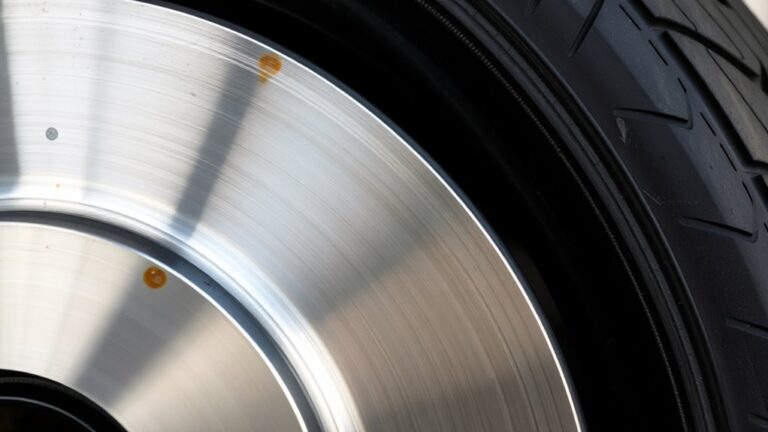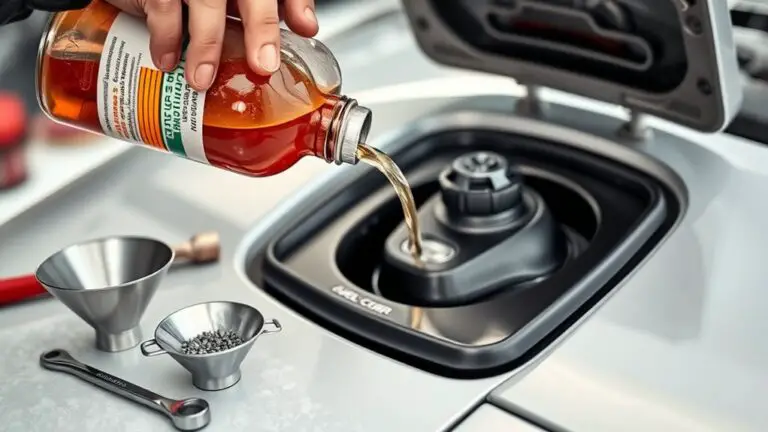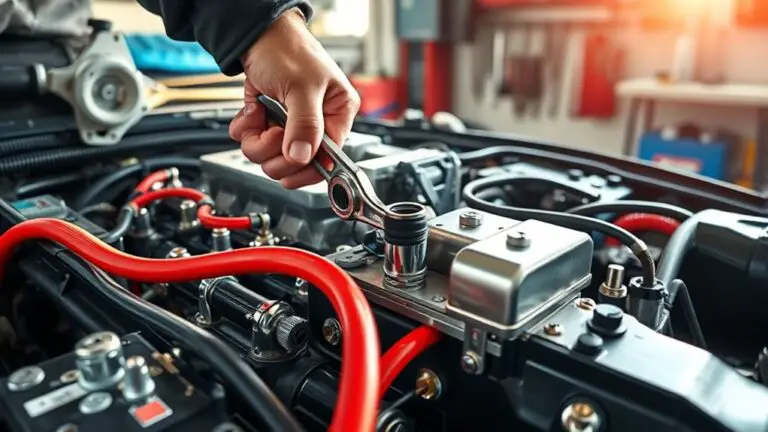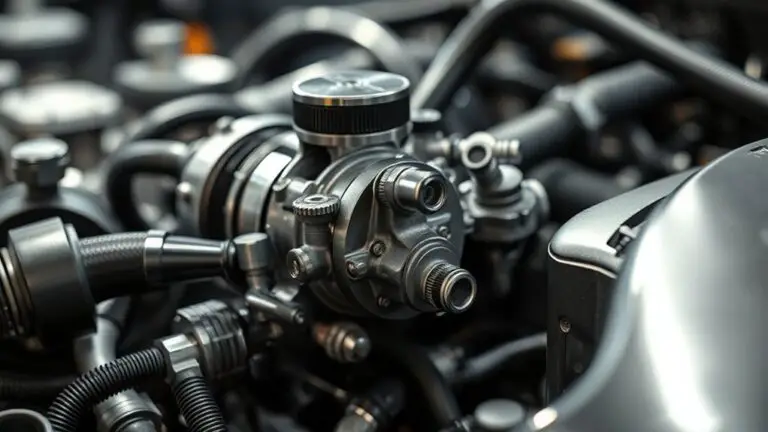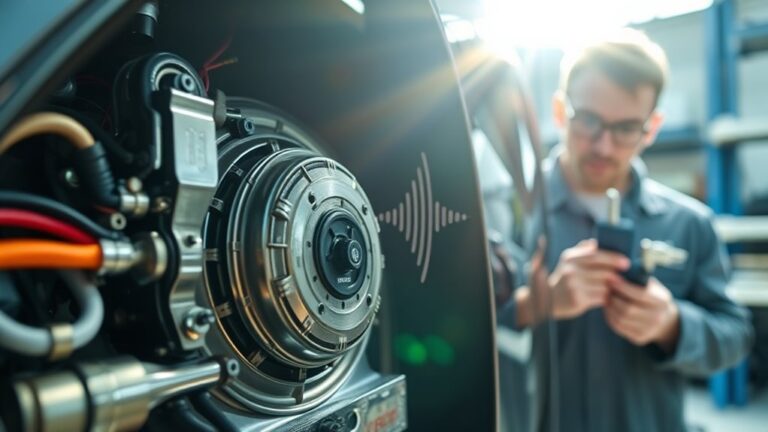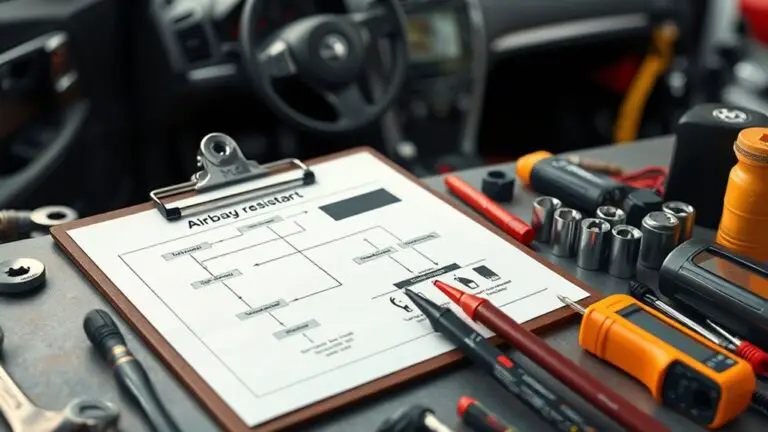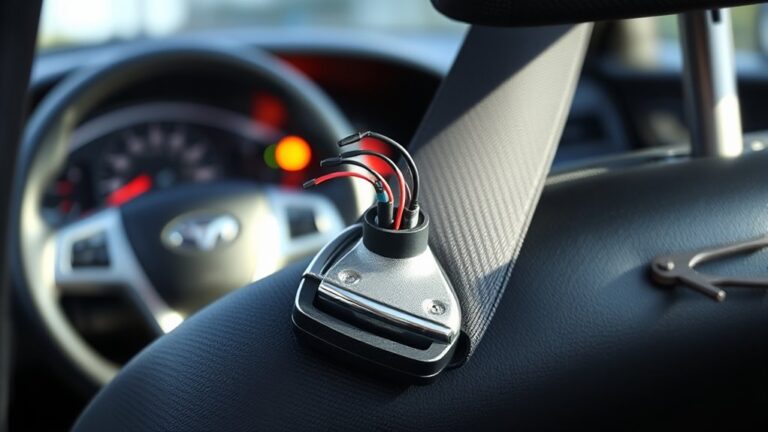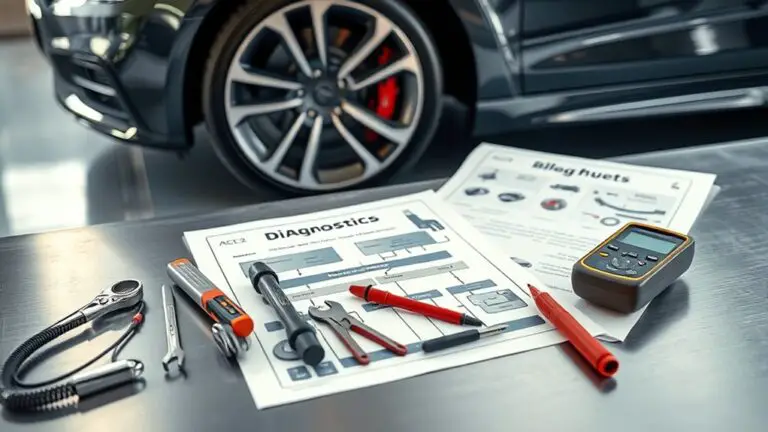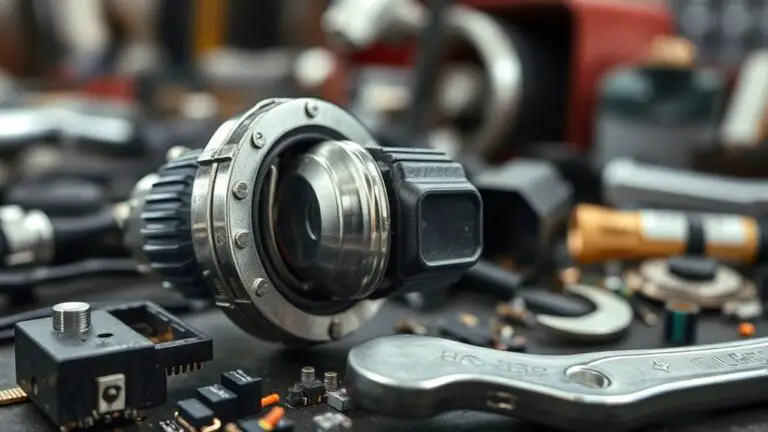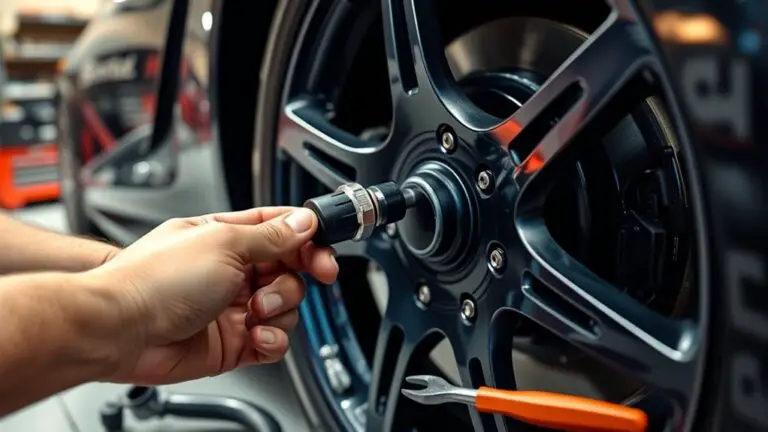Tire and Brake Care Tips to Avoid Surface Rust on Brakes After Storage
Tire and brake care after storage starts with a thorough pre-storage prep and a careful post-storage check. Inspect wheels, rotors, calipers, and hoses for moisture, corrosion, and leaks. Clean surfaces with cool temps and non-acid cleaners, then dry completely and document findings. Keep brake fluid clear, test pedal firmness, and avoid heavy braking until temps…

